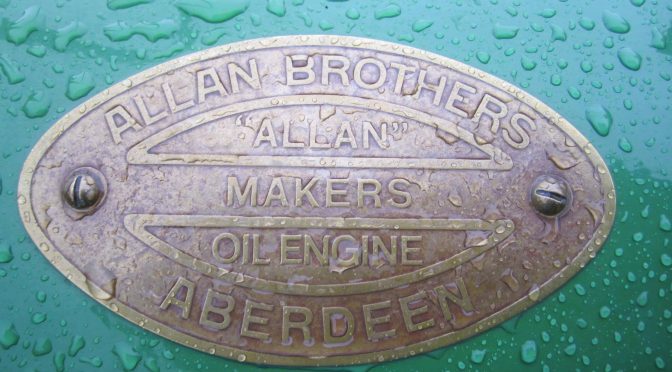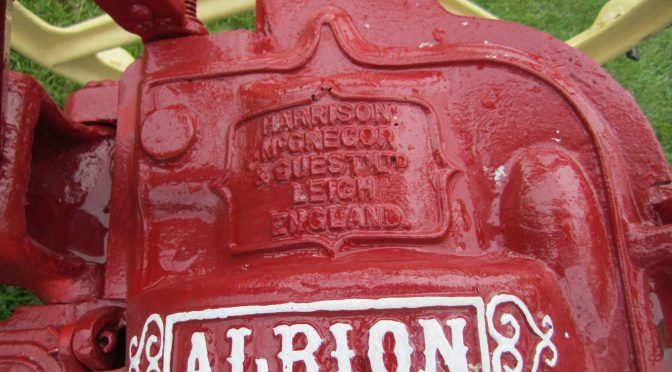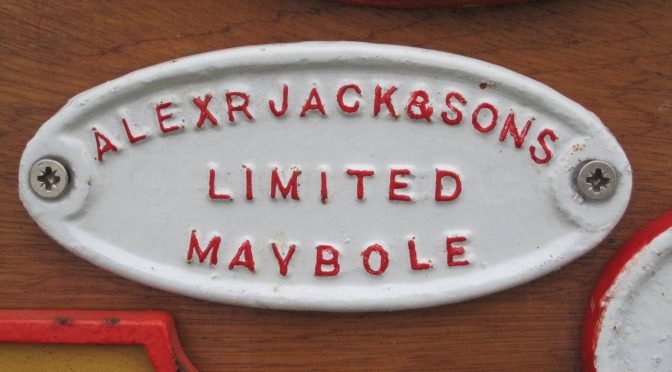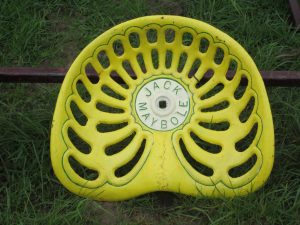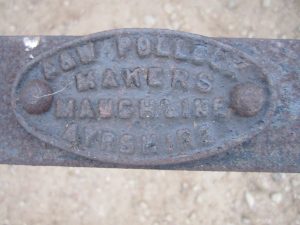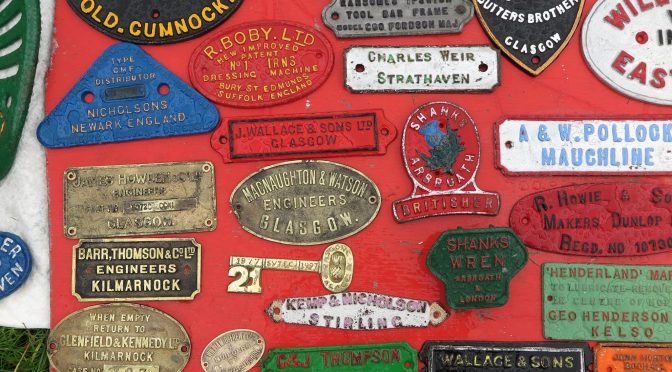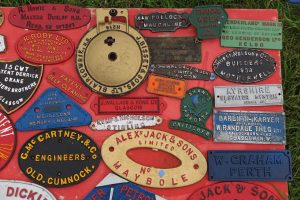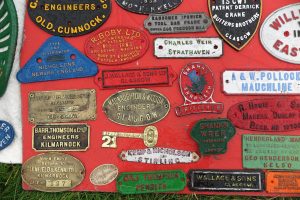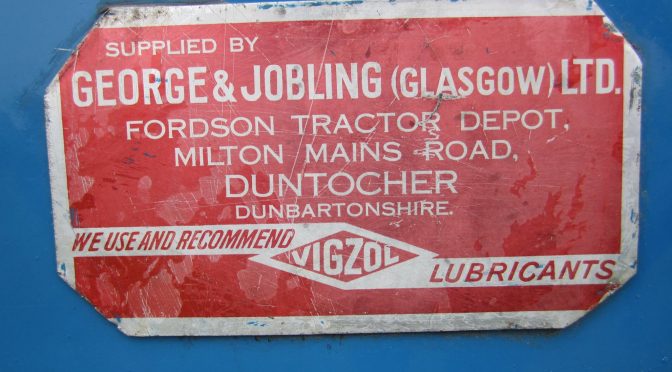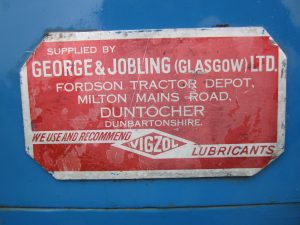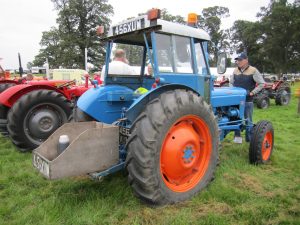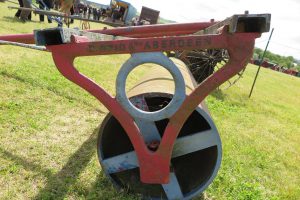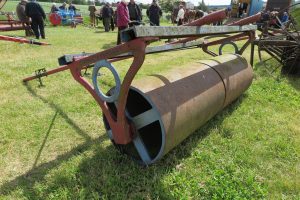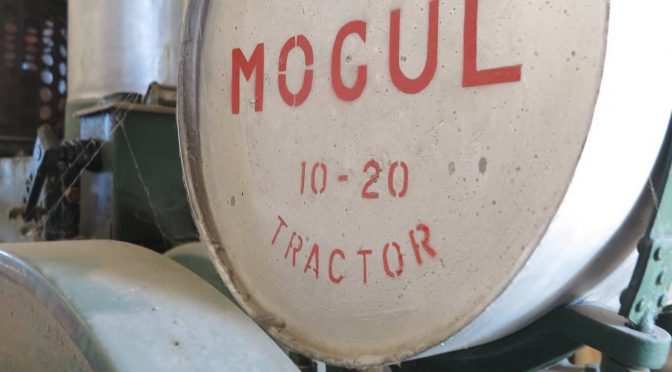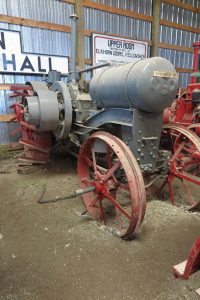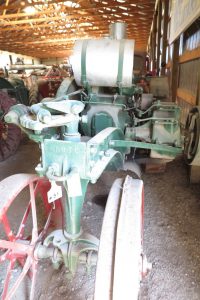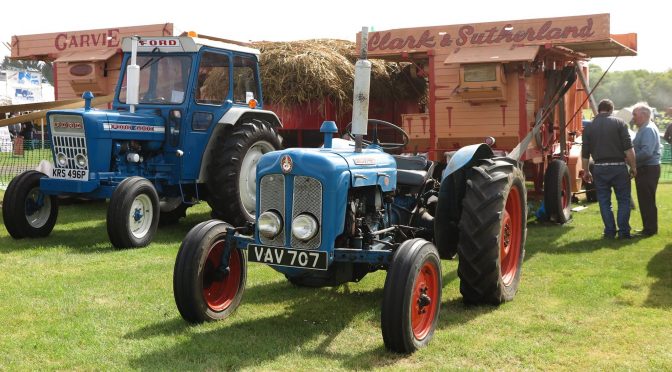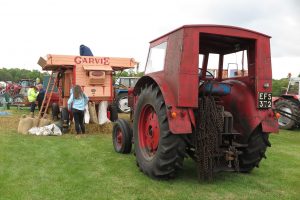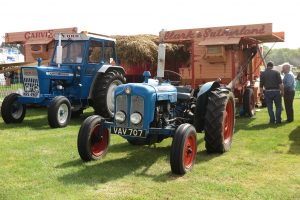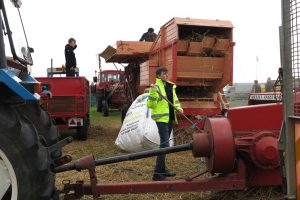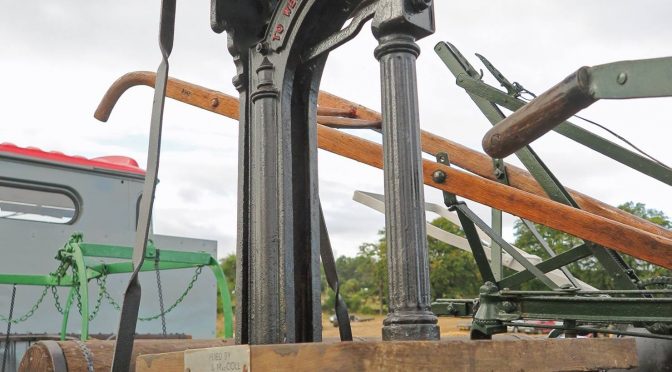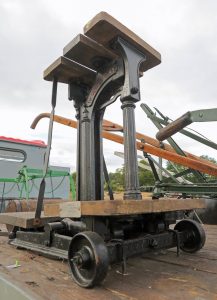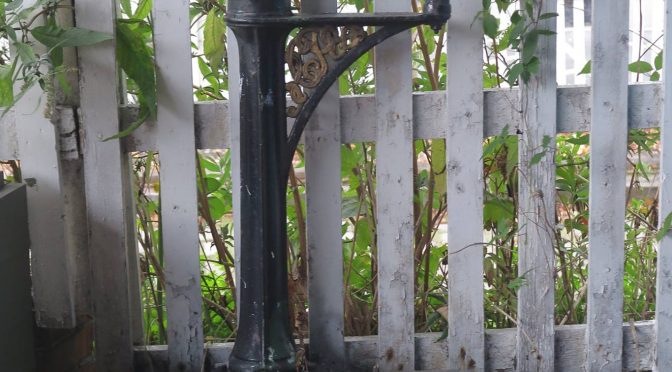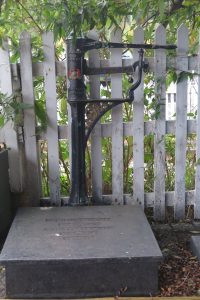By the mid 1960s the making of Scottish agricultural implements and machines was undertaken by a smaller number of makers than in the years following the end of the Second World War. A number of the key makers remained, though others had disappeared, or were soon to disappear.
Key names that were still making implements and machines in 1964 included:
Adams Trailers Ltd, Challenger Trailer Works, Mintlaw Station, Aberdeenshire
Ayrshire Elevator Co. Ltd, Knockentibber, Kilmarnock
Ballach Ltd, Gorgie Road, Edinburgh
Barclay, Ross & Hutchison Ltd, 67 Green, Aberdeen
W. Begg & Son, Implement Works, Tarbolton, Mauchline
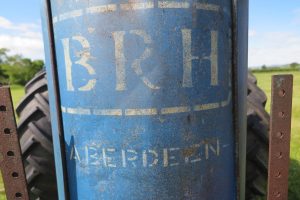 J. Bisset & Sons Ltd, Blairgowrie, Perthshire
J. Bisset & Sons Ltd, Blairgowrie, Perthshire
Boswells of Blairgowrie Ltd, Rattray Engineering Works, Rattray, Blairgowrie
Cruickshank & Co Ltd, Denny Iron Works, Denny
James A. Cuthbertson Ltd, Station Road, Biggar, Lanarkshire
B. M. B. Ltd, Hawkhead Road, Paisley,
Dairy Supply Co. Ltd, London and Edinburgh
Wm Dickie & Sons Ltd, East Kilbride
William Elder & Sons Ltd, Tweedside Works, Berwick on Tweed; Newton St Boswells, and Haddington
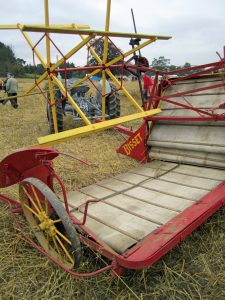 Forfar Foundry, Service Road, Forfar, Angus
Forfar Foundry, Service Road, Forfar, Angus
R. G. Garvie & Sons, 2 Canal Road, Aberdeen
Jas Gordon (Engineers), Newmarket Street, Castle Douglas
Geo. Henderson Ltd, Kelso, Roxburgh
Gray’s of Fetterangus Ltd, Fetterangus, Mintlaw Station, Aberdeenshire
Innes, Walker (Engineering) Co. Ltd, agricultural implement manufacturers, Clyde Works, Brown Street, Paisley
Alexander Jack & Sons Ltd, Cassillis Road, Maybole
Johnson’s (Implements) Scotland Ltd, Colquhoun Street, Stirling
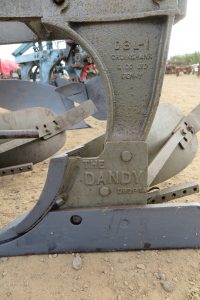 Macdonald Bros, Roseacre Street, Portsoy, Banff
Macdonald Bros, Roseacre Street, Portsoy, Banff
James Mackintosh, Don Street, Forfar, Angus
Massey Ferguson (UK) Ltd, Banner Lane, Coventry, Barton Dock Road, Manchester and Moorfield Industrial Estate, Kilmarnock
Alex Newlands & Sons Ltd, St Magdalene Engineering Works, Linlithgow
Paxton & Clark Ltd, Waverley Terrace, Bonnyrigg, Midlothian
A. & W. Pollock Ltd, Station Road, Mauchline, Ayrshire
Reekie Engineering Co. Ltd, Lochlands Works, Arbroath, Angus; Laurencekirk; Forfar
David Ritchie (Implements) Ltd, Whitehills, Forfar
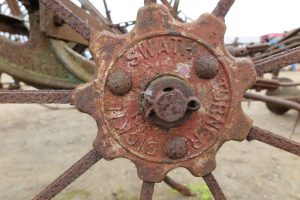 Daniel Ross (Engineers) Ltd, St Leonards, Lanark
Daniel Ross (Engineers) Ltd, St Leonards, Lanark
A. M. Russell Ltd, Sinton Works, Gorgie Road, Edinburgh
Scottish Mechanical Light Industries Ltd, Scotmec Works, Ayr
Geo Sellar & Son Ltd, Granary Street, Huntly, Aberdeenshire; Aberdeen, Alloa and Perth
Alexander Shanks & Son Ltd, Dens iron Works, Arbroath, Angus
Shepherd’s Engineering Works, Harbour Place, Wick, Caithness
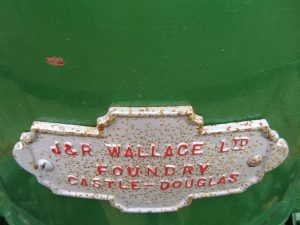 Shearer Bros Ltd, Maybank Works, Turriff
Shearer Bros Ltd, Maybank Works, Turriff
Thos Sherriff & Co. Ltd, West Barns, Dunbar, East Lothian
J. & R. Wallace Ltd, Cotton Street, Castle Douglas
John Wallace & Sons (Agricultural Engineers, Glasgow), 34 Paton Street, Glasgow, Perth, Cupar, Forfar, Laurencekirk and Stirling
Charles Weir Ltd, Townpark Works, Strathaven, Lanarkshire
How many of these names do you recognise?
